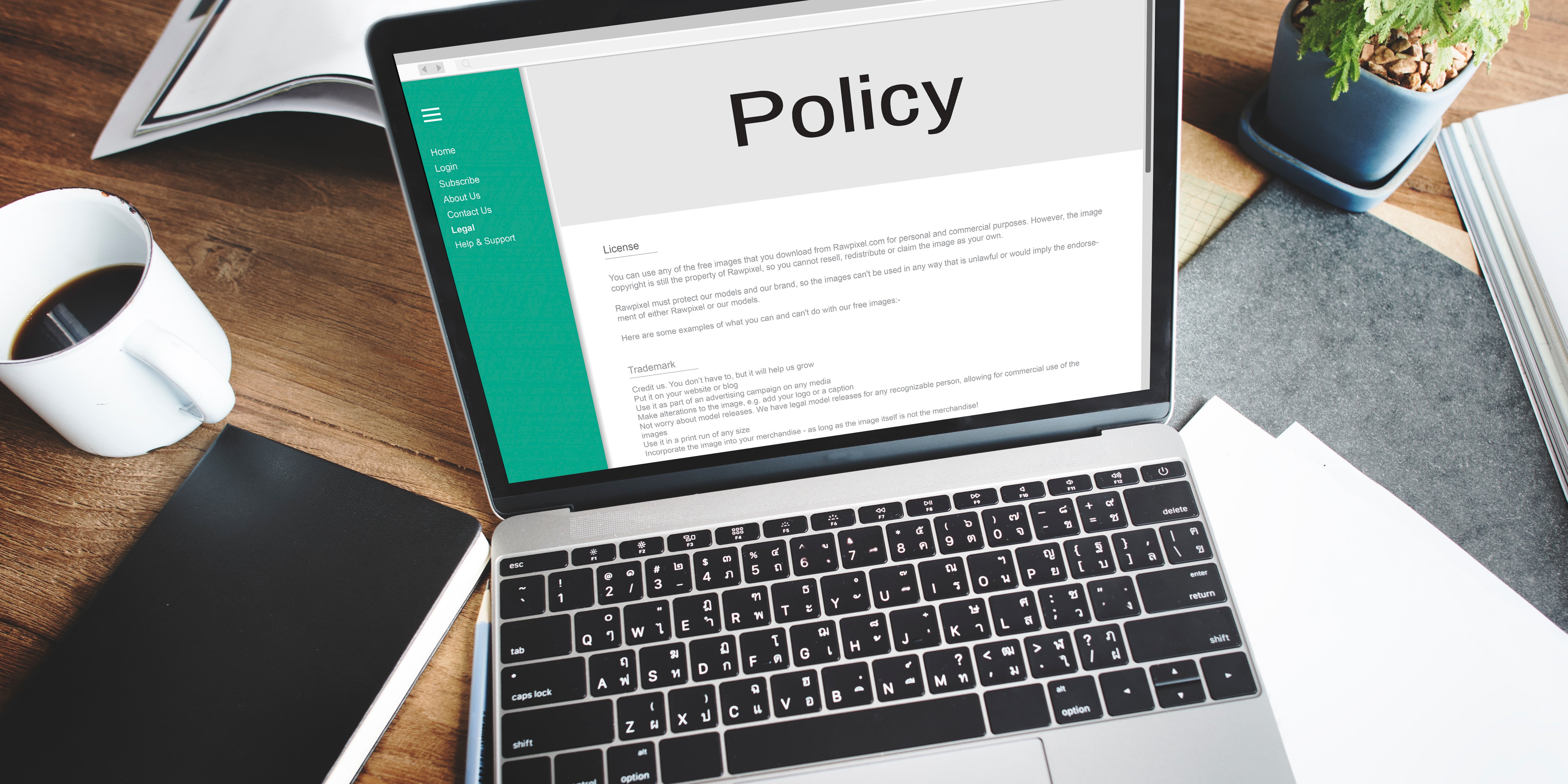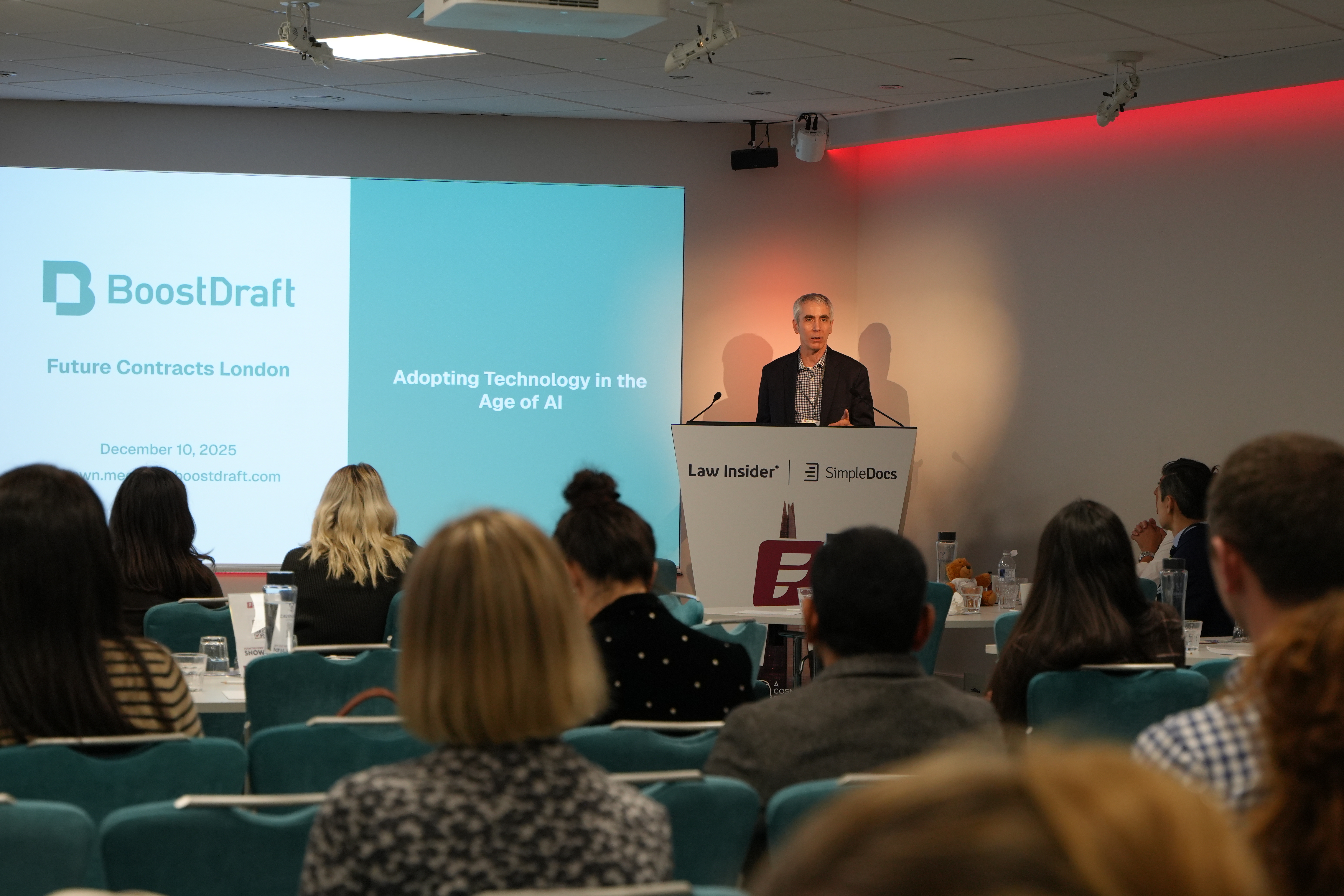
Contracts routinely contain sensitive personal information, from employee records to customer identifiers to financial data. As AI tools become standard in contract workflows, they offer powerful potential to increase efficiency — but they also introduce new types of potential privacy concerns. Legal teams, both in-house and at law firms, need to understand how these tools handle data and where the risks lie.
Where Privacy Risks Arise in the Contracting Lifecycle
Intake & Drafting
At the earliest stages of contract creation, personal data can enter AI systems via intake forms, templates, or contextual prompts. If AI tools process this data in the cloud, it can be exposed to third-party infrastructure before the parties have even begun negotiating the contract.
Review & Negotiation
When contracts move into the review stage, AI tools may analyze terms that reference identifiable individuals or confidential information. This is especially risky when these tools are connected to cloud platforms that store data, apply persistent models, or lack clear retention limits.
Archiving & Search
Even after execution, contract repositories that use AI for search or summarization may have access to entire contract archives. Without clear parameters, these features can continue to surface or process sensitive data long after a contract's active lifecycle ends.
Common Risk Factors to Watch For
In any legal process, personal and sensitive data can crop up in myriad places, including where you least expect it — buried in indemnity clauses, NDAs, or SOWs. Contract AI tools, especially those that rely on cloud processing, may expose this information during review or summarization tasks. That’s why it’s essential to understand where your contract data goes once it enters a system.
Cloud-based tools can offer convenience, collaboration, and scalability, but they also raise red flags if the data flows to servers outside your jurisdiction or is used to train shared AI models. Review vendor documentation closely. Who has access to your data? Is it retained, anonymized, or deleted after processing? Does the system log and store content for support or analysis?
By mapping the data lifecycle — where it’s stored, how it’s processed, and whether it’s used to refine the vendor’s AI — you can better assess regulatory risk and manage client expectations.
Here are some specific risk factors to watch for:
- Cloud-based data processing without local-only options.
- Default data retention policies that go beyond user control.
- Tools that use customer data to train generalized AI models.
- Limited visibility into third-party access or audit logs.
Best Practices for Privacy-Safe Contract AI
Some contract AI platforms are built with privacy as an afterthought. Others, like BoostDraft, start with privacy as the foundation. Look for vendors who practice privacy by design — architecting tools in a way that minimizes data exposure at every level, from the user interface to backend infrastructure.
On-device solutions can eliminate the risk of third-party access entirely. Since BoostDraft runs locally on your machine, your contracts never leave your environment. No cloud storage. No server-side processing. No training on your documents. It’s a fundamentally different approach to security.
Even if your team opts for a cloud-based system, look for signs that the vendor has made privacy a core priority. That includes robust encryption, configurable data retention settings, clear user permissions, and transparent documentation of how the AI interacts with your data.
A privacy-forward vendor won’t just tell you their system is secure; they’ll show you how. And that confidence makes all the difference when regulators or clients come knocking.
Not every team can eliminate cloud-based tools, especially when it comes to storage and collaboration. But several measures can mitigate risk:
- Opt for tools that operate on-device when possible.
- Require vendors to clarify whether and how they store or reuse data.
- Ask about security certifications, audit logs, and privacy assessments.
- Create internal policies that define when and how your team can use AI tools, and which contract types require elevated safeguards.
Build Trust with Smarter AI Choices
AI doesn’t have to mean privacy risk. Legal teams that choose their tools thoughtfully and implement privacy-first policies will be better positioned to earn client trust and satisfy regulatory requirements. And vendors like BoostDraft — which process data 100% on-device, retain nothing, and never train on customer contracts — make that process easier.
Want a full compliance framework for contract AI? Download our white paper: Data Privacy & Contract AI: The Compliance Playbook.


